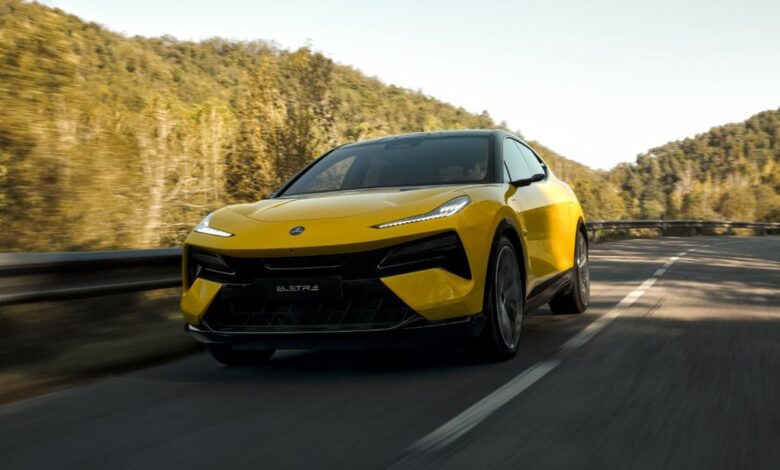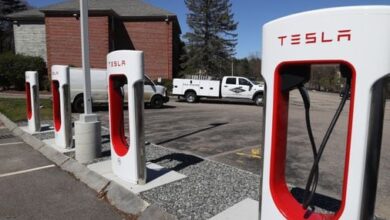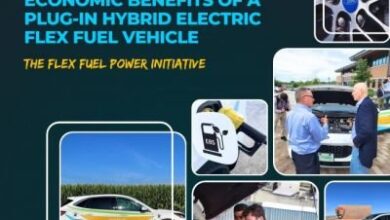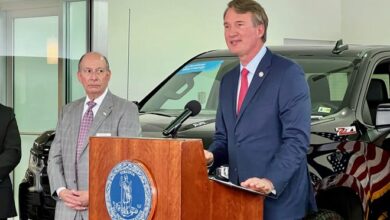Lotus and Nio Team Up on Electric-Vehicle Battery Swap Tech

- Lotus and Nio sign agreement to cooperate on charging technology and to develop EVs compatible with a battery-swapping system pioneered by Nio.
- Nio’s network of stations that can change EV batteries in minutes has reached 2,404 locations in China, with the automaker also starting to build stations in western Europe.
- Lotus has become a maker of EV models in a short span of time, and expects to triple its output in 2024.
Battery-swapping for electric cars may have seemed like an evolutionary dead end a decade ago. But over 2000 stations later, Nio’s bet on this technology appears to be paying off, at least in its home country.
Now, Lotus is expected to adopt this technology for its future cars, with the two automakers signing a cooperation agreement to jointly develop EVs adapted to the battery-swap system and to build a unified battery standard, in addition to other goals in the charging sphere.
At the moment Nio has some 2,404 battery-swap stations in China alone, 790 of them positioned along expressways linking major cities in addition to 3,776 charging stations, having taken an infrastructure approach akin to Tesla’s Supercharger network.
The Power Swap Stations resemble a small car wash. Once a car enters, the battery-swap procedure takes just a few minutes, initiated automatically via an in-car app.
Now that EVs represent a majority of Lotus’ production, accounting for 63% of all vehicles delivered in 2023, the company appears eager to offer this type of recharging service to its owners. However, Lotus has not indicated just which models will receive the battery-swapping ability first, or whether they may stay confined to China.
“Our cooperation with Nio to share with each other the charging and swapping resources will allow our users to experience the track genes and ultimate performance of Lotus while enjoying friendly services of Nio’s charging and swapping network across China,” said Qingfeng Feng, CEO of Group Lotus.
Among other things, battery-swapping ability is seen as future-proofing an EV by allowing for batteries to be quickly replaced if they experience a gradual degradation, in contrast to expensive workshop replacements for older EVs that are often uneconomical for owners to consider. It also allows new battery compositions to be introduced over time sized to the same format and distributed via the stations themselves.
China isn’t the only country where Nio’s battery-swapping stations now exist, as the EV maker has started building out its station network in Europe over the past year that now counts over 30 locations.
It remains to be seen whether Nio’s battery-swap technology, if not Nio cars themselves, will make it to the US as the battery-as-a-service (BaaS) standard continues to expand. Nio has proven in a relatively short time that EV owners will gladly pay for such a convenience if the stations have enough geographic coverage.
Will battery-swap stations take off in Europe in the coming years, or is this a technology that will remain confined mostly to China? Let us know what you think.
Jay Ramey grew up around very strange European cars, and instead of seeking out something reliable and comfortable for his own personal use he has been drawn to the more adventurous side of the dependability spectrum. Despite being followed around by French cars for the past decade, he has somehow been able to avoid Citroën ownership, judging them too commonplace, and is currently looking at cars from the former Czechoslovakia. Jay has been with Autoweek since 2013.



